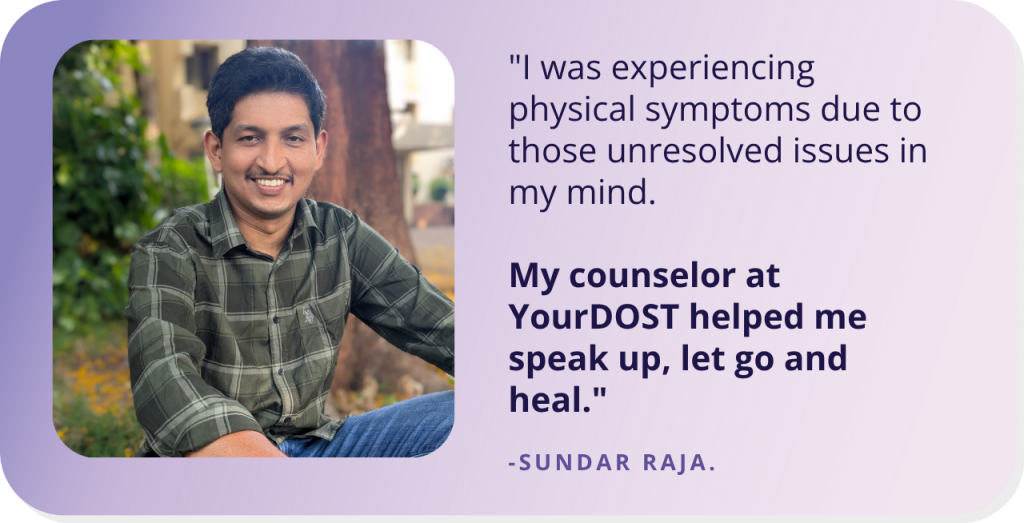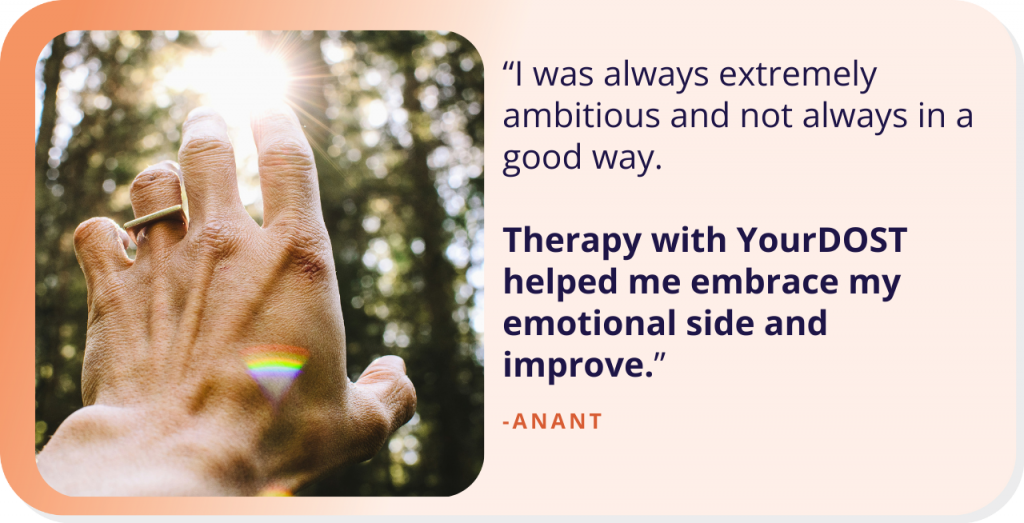Want To Build Trust? Follow This One Simple Hack
It may come as a surprise but the job of a psychologist and psychiatrist is actually quite difficult. They have to show that they are capable and credible enough to help people with their problems and at the same time get people to open up about their deepest anxieties, worries, and insecurities. How do they do it, you ask? By striking the right balance between two key components of building trust i.e. warmth and competence.
Trust is important in every sphere: social relationship, happy marriage, friendship, business, and career — everything. Without trust, everything goes for a toss — and there is friction in every interaction. Relationship crumbles, intimacy erodes, influence diminishes, organizations fail to prosper, and eventually fail as a result of low or lack of trust.
And one of the common misconceptions about trust is that it is something that can be built only over time i.e. gradually. One shares his or her deepest secrets only with family members or friends whom they have known for years.
Science has proved it otherwise.
Psychologists Maurics Schweitzer, Ph.D ,and Adam Galinsky, Ph.d, have explored this idea in detail in their book Friend and Foe: When to Cooperate, When to Compete, and How to Succeed at Both.
In the book, they have tried to explain the idea of building trust using the methodologies employed by one of the psychiatrists. Jack—let’s call him Jack—hung his diploma degree and all the pictures of awards and accolades he has received on his wall, which signified his competence. This helps establish credibility with his patients. To further built trust, he would do one of the three things when he meets a new patient — drop his pencil, tell a bad joke, or spill his coffee.
Sounds surprising, right?
By doing these three things, Jack is trying to demonstrate his vulnerability and show that he is indeed a fallible human being. This helps establish warmth with his patients. The combination of warmth and competence would make him more trustworthy.
They write, “
Highly competent people can make themselves appear more approachable by committing a pratfall. A small blunder makes them seem a little vulnerable, and this vulnerability makes them seem approachable and warm.”
The same tactic can be used in personal and professional life as well. For this, the authors cite another example.
JP La Forst was a liaison engineer in a Japanese firm. He was the only American officer in the Yokohama unit. He found it hard to gel with the team and always felt like an outsider. One night, he went out to the town with his Japanese counterparts. They ate and drank together and even sang karaoke. From that night on, there was a remarkable change in everyone’s behavior towards Frost. He was included in the discussions like everyone else.
To explain this author writes that,
Embarrassing experiences—like off-key karaoke performances—are about shared vulnerability.
The effectiveness of this strategy debunks a common myth and assumption that trust is something that can be built over time. By appearing more vulnerable — for instance, a little clumsy — you can build trust much faster.
The two important caveats as suggested by the author are
- You must demonstrate credibility before exhibiting vulnerability
- Your vulnerability cannot undermine your own competence
For instance, a surgeon cannot be clumsy to the point that s/he drops their tools.
In their own words,
“It is essential that the vulnerable episode does not compromise your credibility or competence in a domain in which you are trying to inspire trust.”
To sum it up: To gain anyone’s trust, first, impress them with your competence and then make them realize that you are human just like them. Looking for more tips on how to build trust? Check out our other post.





